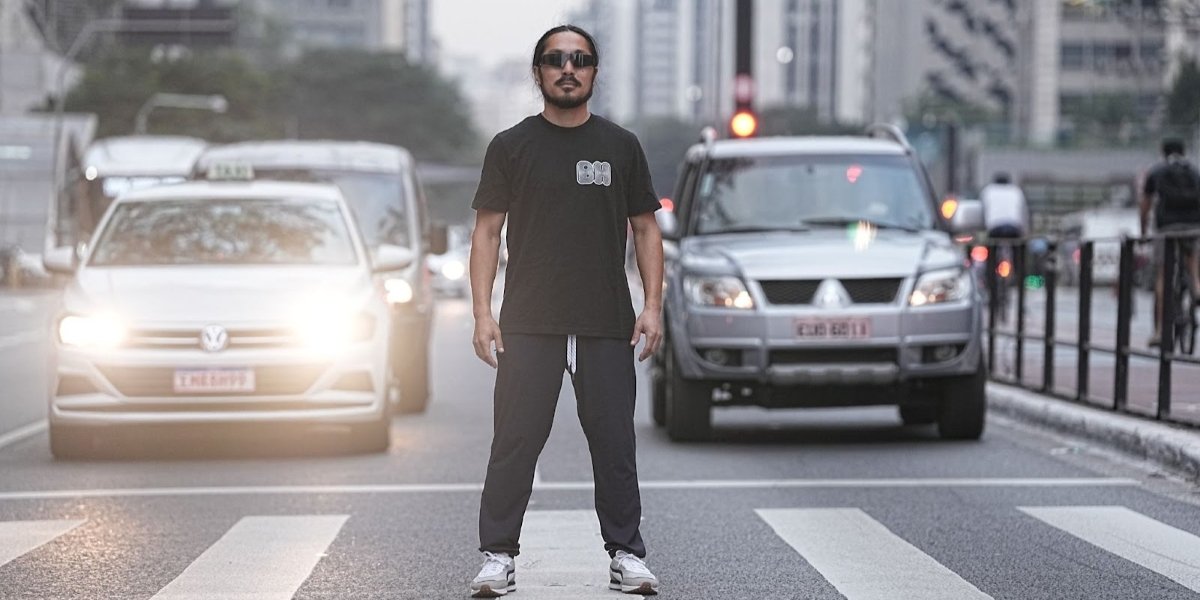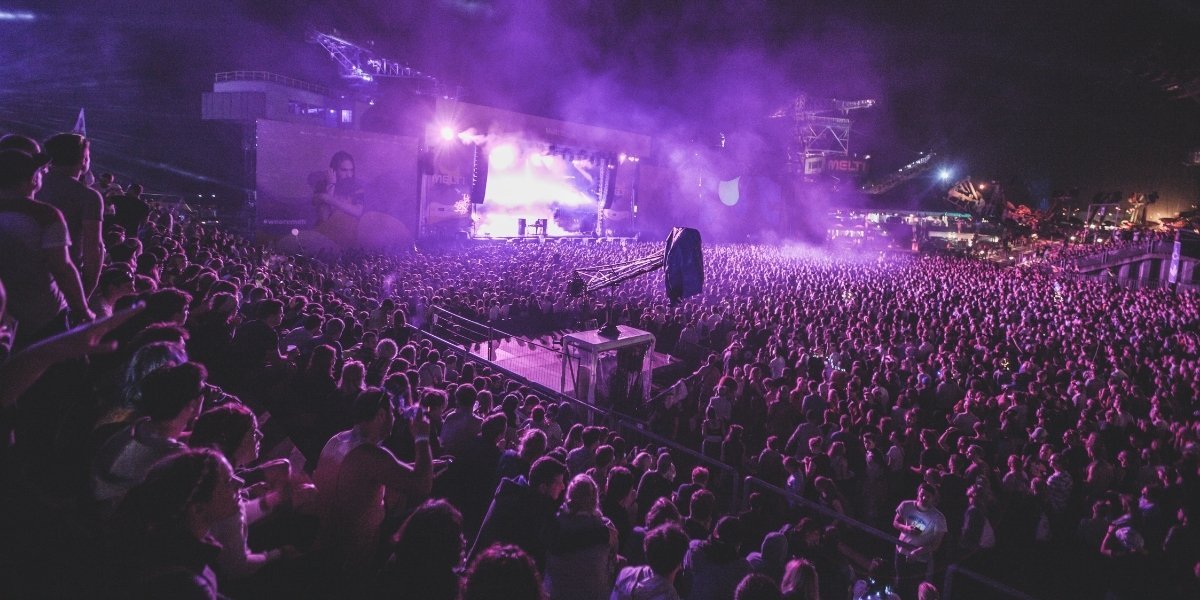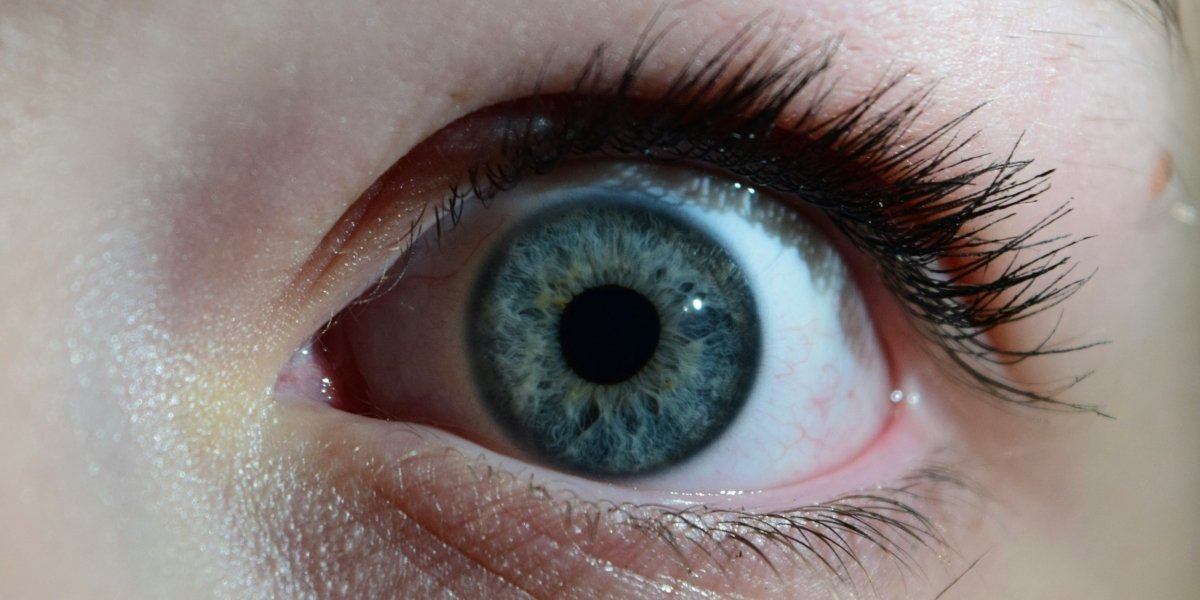Art and Graffiti Trends Shaping Streets Worldwide
The streets have long served as a canvas for expression, resistance, and cultural dialogue. Today, art and graffiti continue to evolve as powerful forms of visual storytelling that blur the lines between rebellion and recognition. Across continents, cities are witnessing a shift in how urban creativity is shaped and shared. This global movement is not just about paint on walls—it’s about the messages behind the images, the voices rising from concrete corners, and the energy that fuels spontaneous beauty in public spaces.
Read Also: The Art of EP Releases: Why Artists Embrace Them Before Albums
How Is Street Art Gaining Cultural Recognition?
For decades, art and graffiti were dismissed as vandalism. They were often erased, criminalized, or ignored. But today, that perception is changing. Around the world, institutions, galleries, and even governments are beginning to recognize the artistic value of urban expression. This shift has opened doors for street artists to bring their work into curated spaces without losing its raw authenticity.
In cities like Berlin, São Paulo, and Melbourne, vibrant murals are no longer hidden—they’re celebrated. Local councils commission large-scale pieces to liven up public areas. Museums host exhibitions that highlight the evolution of street art. Even major art auctions have begun selling pieces originally created illegally on public walls. This acceptance reflects a broader understanding that graffiti can be thoughtful, beautiful, and deeply meaningful.
What Global Trends Are Emerging in Art and Graffiti?
The movement is no longer isolated by geography. Artists now pull influence from across the world, mixing styles and messages in new ways. A notable trend is the blending of traditional street tags with digital elements, like QR codes and augmented reality layers. In places like Tokyo and New York, artists are merging paint with tech, creating immersive pieces that change how viewers interact with public art.
Another trend is the rise of environmentally conscious graffiti. Artists use biodegradable sprays and temporary materials to create their work, mindful of their environmental impact. In cities where pollution and climate change are daily concerns, this form of responsible art-making is both symbolic and practical.
There’s also a growing spotlight on social justice themes. Across continents, walls are speaking out. From protests in Chile to movements in South Africa, art and graffiti are amplifying marginalized voices. Messages about gender equality, human rights, and identity can be found painted across buildings, stairways, and train cars. These works don’t just decorate—they challenge.
How Are Artists Redefining Public Spaces?
In many urban neighborhoods, what used to be considered neglected or unused spaces are now becoming vibrant platforms for creative engagement. Walls, tunnels, rooftops, and even sidewalks serve as open invitations for dialogue. Artists are transforming these environments into community landmarks, turning once-forgotten areas into cultural destinations.
This transformation is especially evident in neighborhoods with limited access to traditional art spaces. Instead of waiting for a gallery invitation, artists take to the streets, making art and graffiti a democratic and accessible form of expression. As a result, entire districts are being revitalized—not by developers, but by paint and imagination.
In Lisbon, for example, old buildings now carry colorful stories that attract tourists and locals alike. In Cape Town, murals educate the public about local history. The goal is not just to beautify, but to reclaim space, spark conversation, and leave a mark that reflects the spirit of the community.
What Role Does Technology Play in Modern Graffiti?
Technology is reshaping the way street artists work and how their messages travel. Social media platforms have become virtual galleries where artists can showcase their work to a global audience. A mural created in Bogotá can go viral in minutes, reaching viewers across time zones and language barriers.
Artists are also experimenting with projection art and light installations, bringing ephemeral digital creations to city walls without using a single drop of paint. This approach allows for powerful visual commentary without the permanence—or legal consequences—of traditional graffiti.
Apps are now available that help people track and map graffiti tours. These tools highlight major murals, artist bios, and even the history of specific works. For artists, it’s a way to control their narrative and expand their reach. For viewers, it’s an invitation to experience the city in an entirely new way.
Read Also: Inspiring Stories of Success Through Hard Work and Grit
Why Does Art and Graffiti Matter in Today’s World?
In a world overwhelmed by digital noise and political division, art and graffiti offer something different. They are immediate, emotional, and rooted in real places. They tell stories that might otherwise be silenced. They reflect the heartbeat of communities—unfiltered, urgent, and unapologetic.
As global cities face issues of identity, inequality, and transformation, street art becomes a form of resistance and renewal. It shows that art doesn’t have to hang on a wall inside a building to have meaning. Sometimes, the most impactful pieces are created under bridges or on the side of a crumbling school. They are born in public view, shaped by struggle, and shared without permission.
At its best, graffiti connects people. It speaks a visual language that crosses borders, class, and background. Whether it’s a child in Buenos Aires seeing a colorful mural on the way to school or a traveler in Seoul stumbling upon a piece in an alleyway, the moment is shared. It stays with them. It sparks thought. That is the quiet power of this art form.















